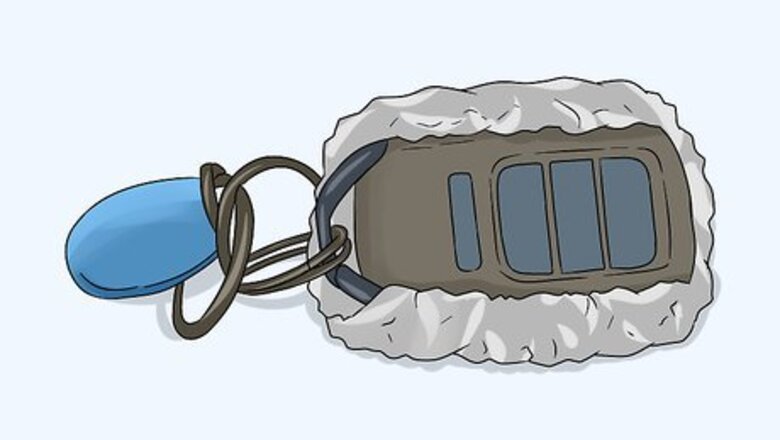
views
X
Research source
It's highly unlikely they'll be able to use the signal to start the ignition, but it's not impossible. Protecting your fob when you’re out and about or at home can stop hackers and potential thieves in their tracks.
Blocking Signals from Your Fob
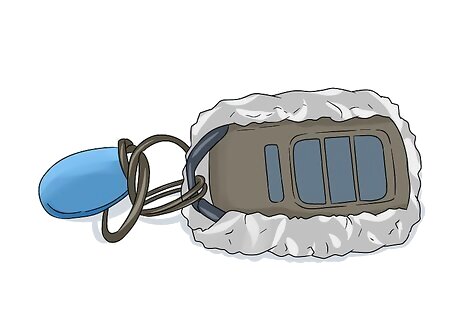
Wrap your key fob in aluminum foil when you're not using it. Aluminum foil is cheap and you probably already have some in your kitchen, making it a cost-effective option. Tear off a sheet of foil that's 6 in (15 cm) long or large enough to cover your fob with 1 layer of foil so it’s as airtight as possible. Fold the fob into the foil or set the fob on the foil and bunch it together at the top for easier access.
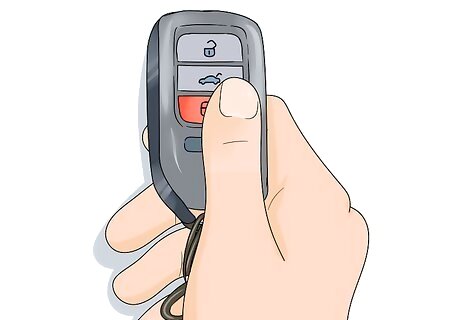
Turn off the fob’s signal when you’re not using it, if possible. Refer to your car's instruction manual to see if you can turn off the fob's signal and, if so, how exactly to do it. It may involve holding down the “lock” button at the same time as another button or, if your car is super high-tech, changing the entry settings on your dashboard touchscreen. If nothing in the manual mentions turning off the signal, contact the manufacturer to see if it’s possible.
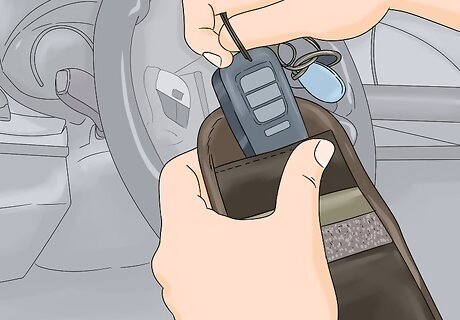
Invest in a signal-blocking pouch to store your keys. Radio-frequency identification (RFID) bags prevent your key fob from sending its code to your car. The bags or pouches are lined with thin layers of metallic material and you can find them in sizes small enough to go on your keychain or large enough to hold your keys, phone, and laptop. Small pouches start at $2.00 and larger faraday bags can cost anywhere from $8.00 to $20.00 or more. You can purchase protection bags and pouches online or from most electronics stores.
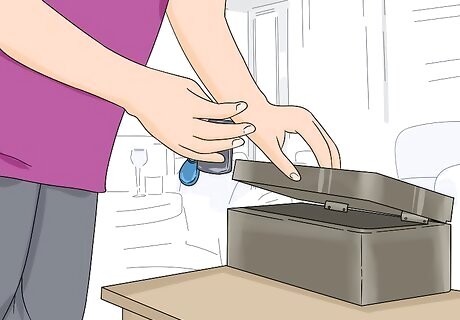
Keep your keys in a metal box when you're not using them. Metals conduct electricity, so a metal box will absorb any radio waves coming from your fob and convert those waves to free electrons that bounce around in the metal. A box made from copper, stainless steel, or an alloy (or combination of metals) is sure to do the trick! If your office has metal filing cabinets, store your keys in one of the drawers during the workday.
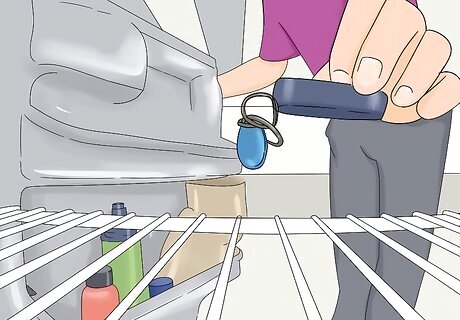
Store your fob in the refrigerator or freezer if the manufacturer says it’s okay. Refrigerators and freezers are lined with several layers of metal that will block radio signals. However, extreme cold can damage the lithium battery, so always check with the manufacturer before exposing the fob to low temperatures. As an alternative, store your fob in the microwave. Just remember to take it out before you use the microwave!
Preventing Break-Ins and Theft
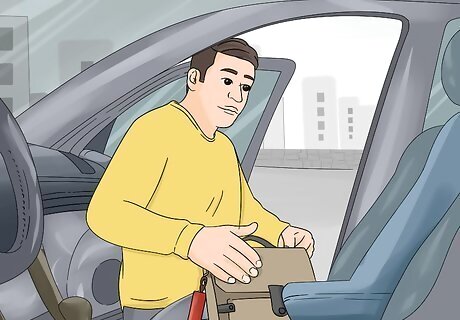
Keep your car clean and free from valuables. Tidy cars are less likely to be broken into because the potential thief sees nothing of value inside. Don't keep electronics, clothing, shopping bags, and random knick-knacks in your car because they lead someone to believe there's something worth stealing inside. If you have an SUV, consider using a retractable cover to keep any must-have items out of sight.
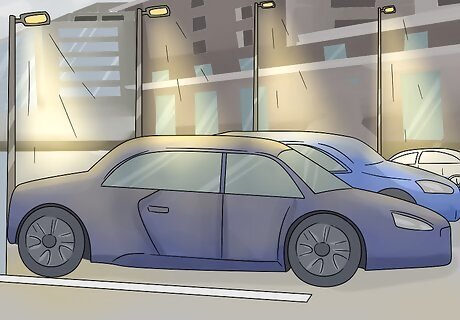
Park in a busy, well-lit area. The more visible your car is to lots of bystanders, the less of a target it is. Choose a parking spot in the middle of the lot instead of on the perimeter where your car might be obscured by shrubs or trees. Try to park under street lamps or brightly-lit signs at night. When you're parking at home, pull into a secure garage if you have one or install a motion-sensor light to deter thieves.
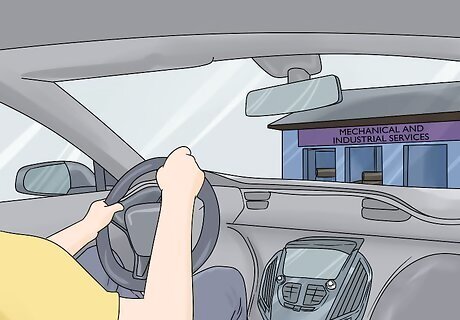
Get a car alarm if you don't already have one. The noise from an alarm can draw attention to whoever may be trying to break in. Take your car to a mechanic shop or to the dealership to add an alarm system or, if you’re a car aficionado, install one yourself. A car alarm will cost anywhere from $50.00 to $200.00 depending on how advanced the system is and how easy or hard it is to install.
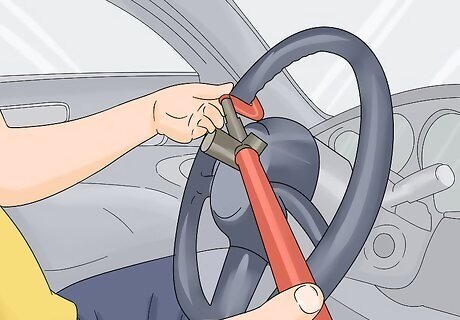
Use a steering wheel lock if you have manual locks. A wheel lock disables the car’s steering. It may not prevent someone from breaking in but it will make it extremely hard for them to steal your car. Latch the rod onto the steering wheel from one side to the other and use a physical key to lock it. This is a good option if you have an older vehicle that has manual locks because these can easily be opened with a clothes hanger, rod, or wedge.















Comments
0 comment